Catherine of Aragon married Henry VIII in a private ceremony on 11 June 1509 and was crowned alongside him in Westminster Abbey two weeks later.
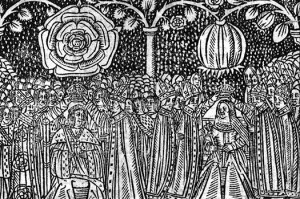
16th century woodcut of the coronation of Henry VIII of England and Catherine of Aragon showing their heraldic badges, the Tudor Rose and the Pomegranate of Granada
On the day before their coronation, they processed through London and were met by cheering crowds. According to Alison Weir Henry wore,
‘a robe of crimson velvet trimmed with ermine over a coat of ‘raised gold’, which was embroidered with diamonds, rubies, emeralds, great pearls and other rich stones, and Katherine in virginal white satin.’ (Pg. 103)
The last time Catherine had processed through London was the night before her wedding to Arthur. On that occasion she had dressed as a Spanish Infanta and ridden side-saddle on a mule (Starkey, Pg. 109). This time she would appear every bit the English Queen, carried in a litter, wearing white with her hair loose down her back.
A sudden and violent summer shower interrupted proceedings and forced Catherine to take shelter ‘under the hovel of the drapers’ stalls’ (Starkey, Pg. 110). There were those in the crowd that viewed this as a bad omen.
Catherine then followed her ladies and the gentlemen of her Household. Interesting to note that among the ladies in attendance on the Queen, was Elizabeth Boleyn, wife of Sir Thomas Boleyn and mother of three young children, Anne, Mary and George.
On the morning of 24 June, Midsummer’s Day, the coronation took place. Catherine and Henry walked under canopies born by the barons of the Cinque Ports from Westminster Palace to the abbey.
According to Alison Weir, Catherine was dressed like a bride, wearing:
‘An embroidered gown of white satin, with her hair – ‘of a very great length, beautiful and goodly to behold’ – falling loose down her back beneath a coronet set.’ (Pg. 104)
A carpet of striped cloth had been laid out for them and once they’d entered Westminster Abbey the enthusiastic onlookers pounced and tore the carpet to shreds in the hope of taking home a royal souvenir.
Inside two thrones had been placed on a platform in front of the high altar. The Archbishop of Canterbury, William Warham, anointed and crowned Henry first and then Catherine was given the smaller crown of the Queen Consorts of England.
‘Catherine was anointed on the head and breasts, the coronation ring was put on the fourth finger of her right hand, the crown on her head, the scepter in her right hand and the ivory rod surmounted with the dove in her left.’ (Starkey, Pg. 111).
Henry and Catherine’s coronation signalled the beginning of a new era in the Tudor dynasty.
Thomas More, so moved by what Henry VIII’s accession signified wrote,
‘This day is the end of our slavery, the fount of our liberty; the end of sadness, the beginning of joy.’ (Tremlett, Pg. 153).
The coronation was followed by a lavish banquet at Westminster Hall. Giles Tremlett describes the proceedings,
‘The first course was announced by a fanfare of trumpets and led into the echoing, ninety-two foot high hall by the ever-magnificent duke of Buckingham, mounted on a richly trapped courser, and the lord Steward on a horse trapped in cloth of gold.’ (Pg. 152)
Several days of festivities followed the coronation.
Henry now had his queen, a crown and the adoration of his people, all he needed to secure the dynasty once and for all was a male heir.
Sources Starkey, D. Six Wives: The Queens of Henry VIII, 2004. Tremlett, G. Catherine of Aragon: Henry’s Spanish Queen, 2010. Weir, A. The Six Wives of Henry VIII, 2007.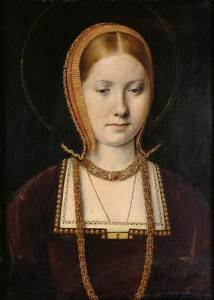
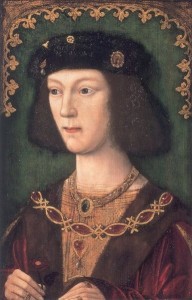


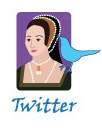




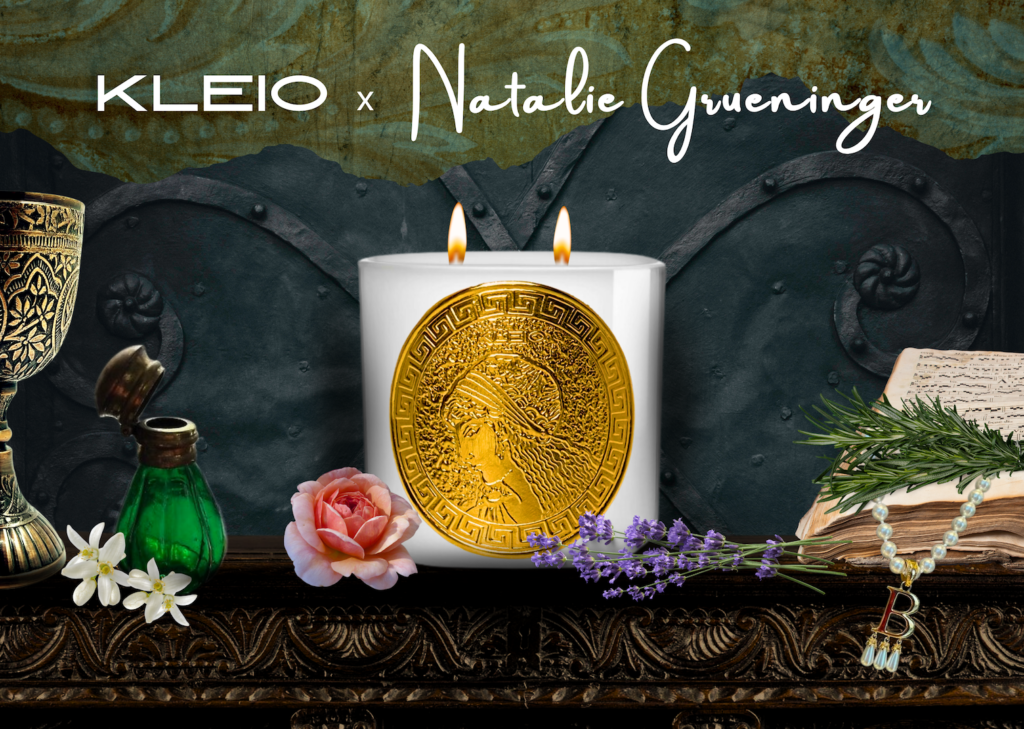













Latest Comments